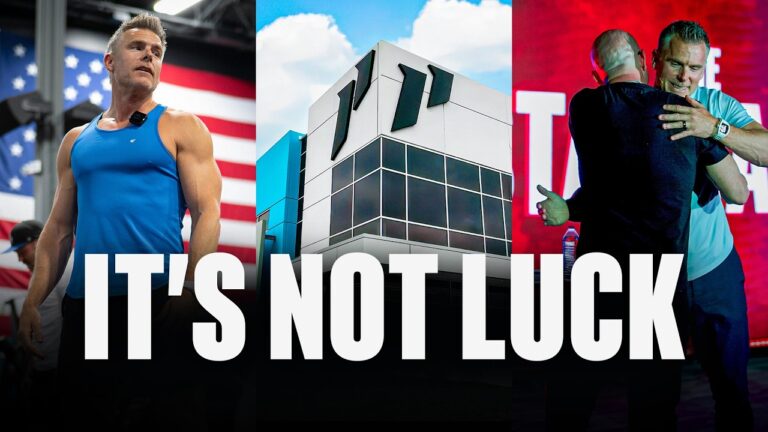
Inside 1st Phorm HQ: 5 Culture Secrets of a $1B Brand
Billion-dollar results start with billion-dollar culture. See how First Phorm hard-codes values, training, and 5-year visions—and steal the systems for your own team.
Elevate your leadership skills with actionable insights from Dan Martell. Learn to inspire teams, make strategic decisions, and grow as a visionary leader for your startup or business.

Billion-dollar results start with billion-dollar culture. See how First Phorm hard-codes values, training, and 5-year visions—and steal the systems for your own team.
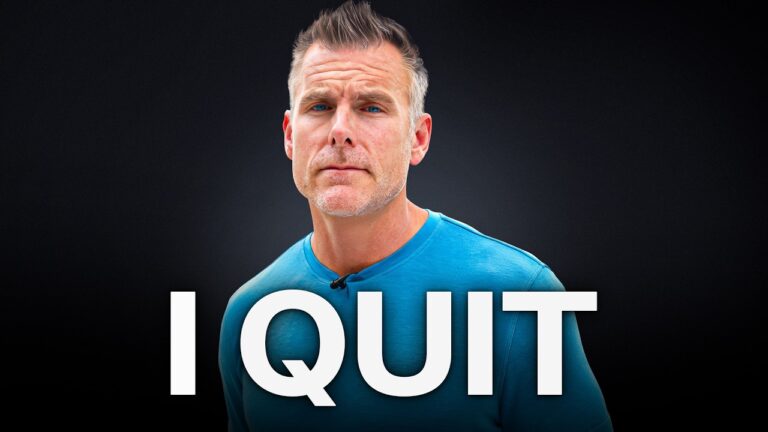
Busy isn’t impressive; it’s a tax on your potential. Below are the 20 things I stopped doing so I could double down on what actually matters—family, impact, and long-term wealth.
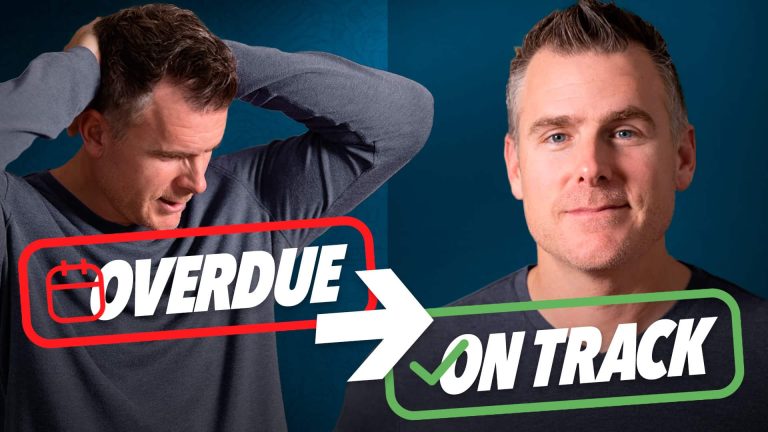
Ever feel like no matter what you do, projects never seem to get done on time, or end up going way over budget? I’ve spent years trying to figure out

Never link your confidence to your abilities. If you do, you’ll always feel like you’re never good enough. Instead… Confidence should come from your intentions. If your intentions are to

My buddy Marcus called me up, almost in tears: “He won’t give me the GitHub passwords.” His Lead Developer has held his code hostage and was asking for 10% of
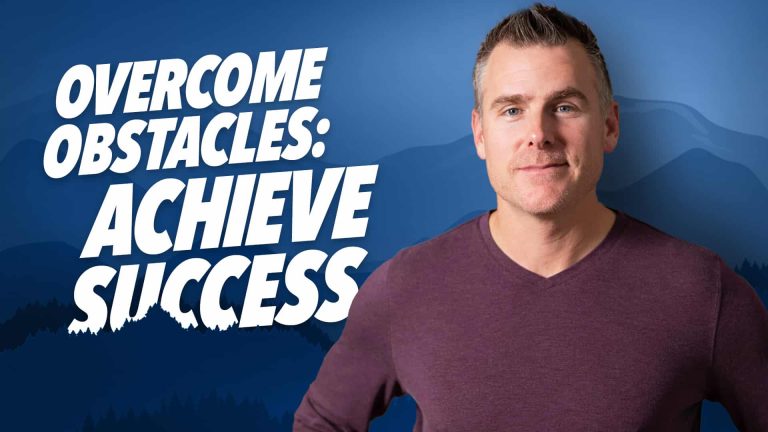
When I started my coaching business, I built a course called “Idea to Exit”. It failed. I spent months brainstorming the outline and content. Recorded dozens of videos in a
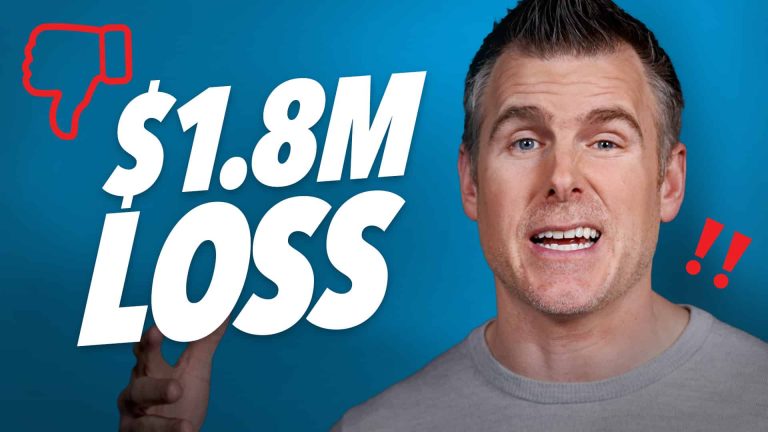
In 2017, I was running a $1.8M a year coaching business with 50% profit, and having a BLAST. I was doing three events a year, had dozens of clients I
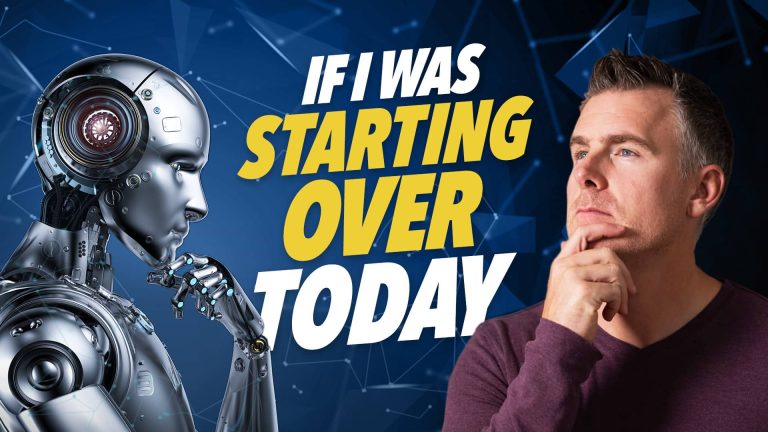
One of my software coaching clients recently asked me: “Dan, if you were starting over today and had to build a new software company, what would you build?” That’s a

I recently attended a Tony Robbins event, and what I learned there was truly game-changing. It was a crazy, 6-day adventure. We had 13-16 hour days of intentional, high-energy self-work…